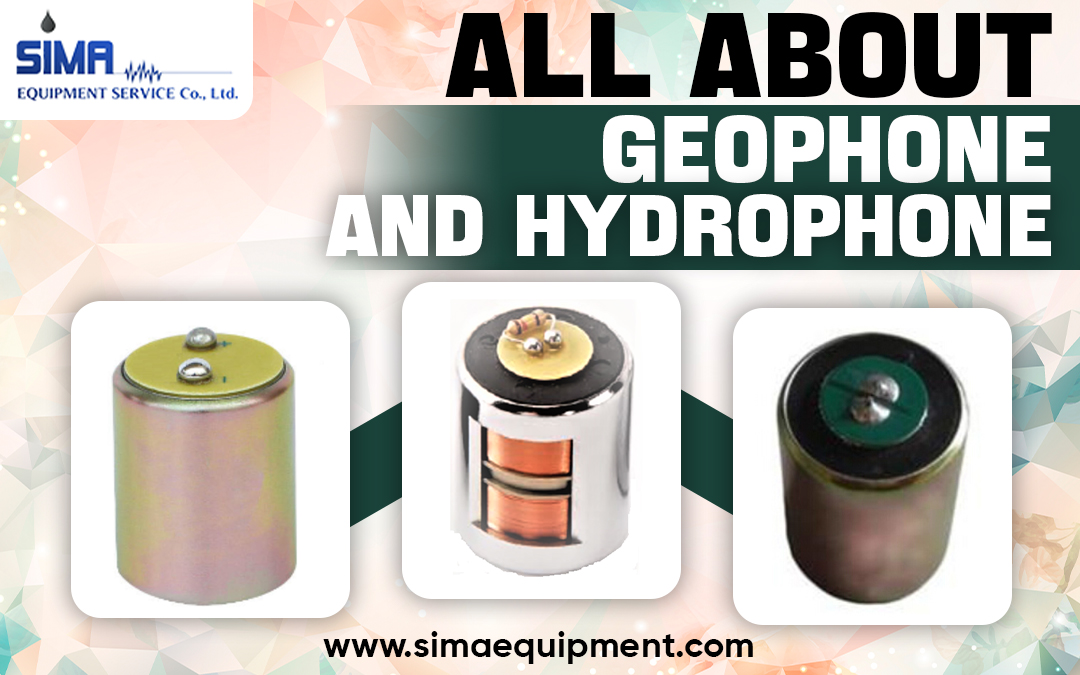geophysical equipment for sale
All About Geophone and Hydrophone
A geophone is a ground motion transducer used by geophysicists and seismologists to measure seismic activity by measuring changes in electrical potential. The seismic response is defined as the amount by which this recorded voltage varies from a reference line and is used in studying the composition of the earth.
The geophysical equipment for sale resonance frequency is crucial for detecting and measuring weak signals. However, geophones also need to be able to see signs at higher frequencies. Most commercially available geophones, however, are held together by mechanical springs, severely limiting the device’s effectiveness.
By reflecting the Geophone’s output, the Geophone’s sensitivity to low-frequency signals may be adjusted, making the Geophone more sensitive to specific movements. Geophone’s resolution may be changed by moving the proof mass around.
Theory of Operation
The essential element of a geophone is a weight held in the air by mechanical springs. At frequencies lower than the resonance frequency, the applied velocity begins to cause motion in both the geophone housing and the hung mass. For frequencies above the resonance frequency, the mass will not move. Magnets or coils power the mechanism that shifts the heavy stuff. Coil-and-magnet geophone responses scale linearly with ground speed.
A seismic group suspended by springs makes up the gadget in question. The mass is magnetized and statically wound in a coil. When there are vibrations on the ground with a frequency lower than the mass’s resonance frequency, the group in suspension will likewise move. The magnetic field generates an electric voltage proportionate to the vibratory level due to the mass’s motion.
Geophones offer the potential for use in both academia and industry. Seismologists and geologists rely on the instrument to monitor the earth’s surface and provide crucial data for earthquake forecasting, tectonic plate movement analysis, and groundwater monitoring. Companies in the oil and gas industry and those in mining and security utilize geophones.
Applications
Geophones are utilized in various industrial applications for vibration isolation and absolute velocity monitoring to attain a high degree of accuracy and precision. In lithographic and high-level inspection applications, the final velocity is measured using geophones to identify payload disruptions brought on by moving components or other environmental factors.
They are also used to settle and manage a sophisticated lens system. Other notable uses for geophone and hydrophone include the detection of leaks in oil and gas operations and prediction of earthquakes. To detect and quantify weak sounds, geophones have a low resonance frequency. A geophone is a mass supported by springs that vibrate when struck. The group starts to move whenever a force is supplied to the assembly in suspension at a frequency lower than its resonance frequency. For frequencies above the resonance frequency, the mass will not move.
Depending on the needed depth of penetration and existing site characteristics, seismic energy is generated at the surface during a seismic refraction study using a hammer plate, buffalo cannon, or weight drop.
Conclusion
Seismic waves travel through the earth and are reflected or refracted as they pass through various subsurface strata. 24 or 48 geophones spaced at r to 10 meters pick up these recalled seismic waves. A seismograph collects and analyzes the information sent by the geophones at regular intervals.

